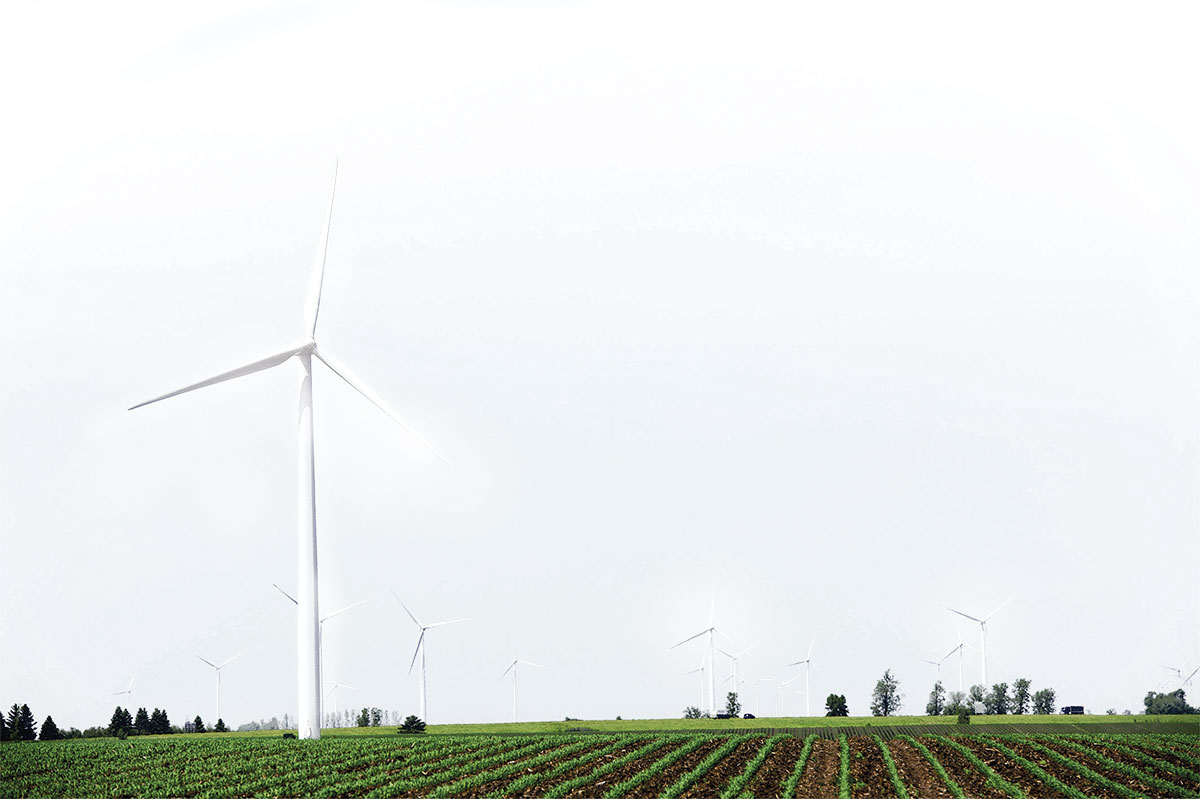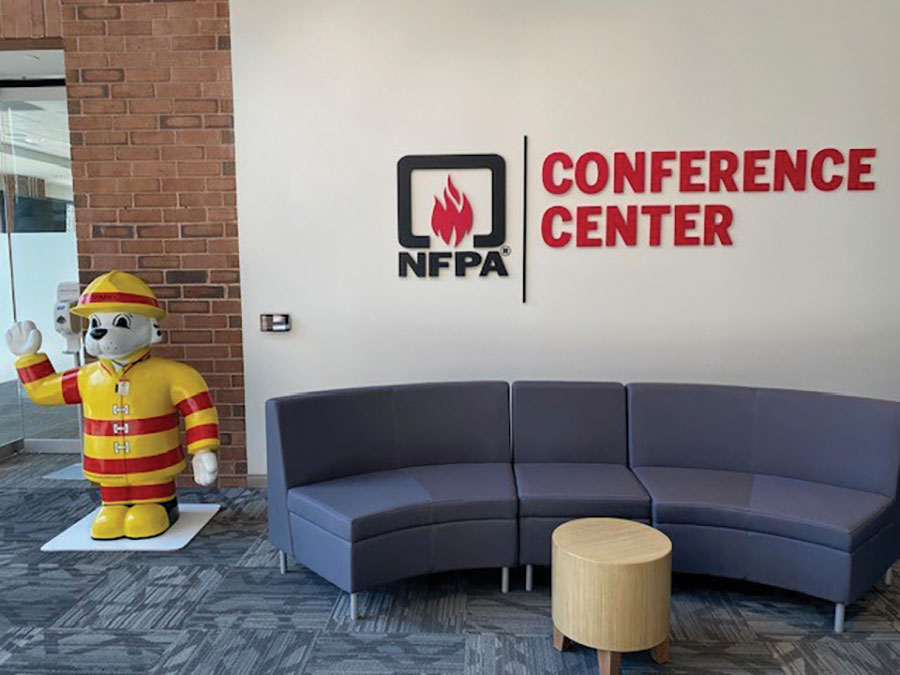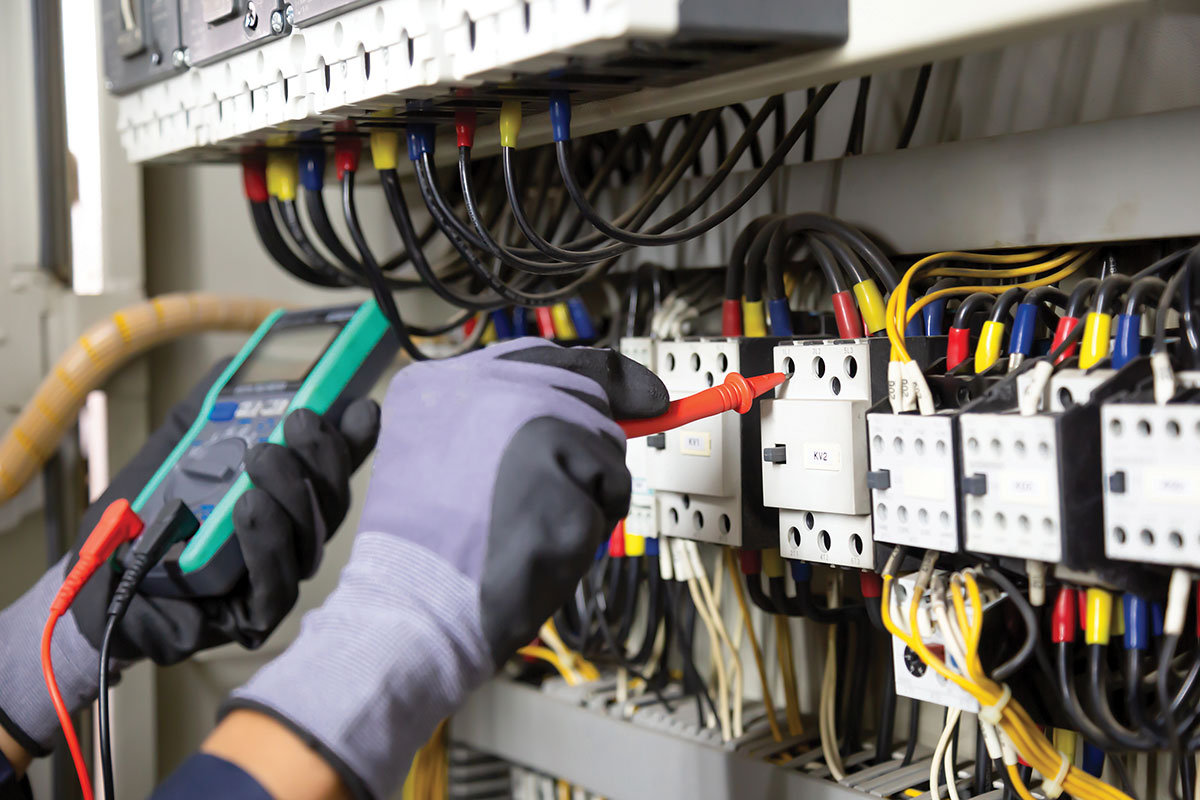Wind energy? Is this natural resource going to be the future for electric generation? Back in A.D. 500–900, the Persians relied on windmills to power gain mills and pump water. By 1850, there were an estimated 200,000 windmills.
Electric wind generation technology has come a long way from the first reported electric producing wind turbine built in 1887 in Cleveland, OH, by Charles F. Bush, which produced around 12 kilowatts. Today, General Electric is planning to build the world’s largest wind turbine outside the city of Rotterdam, the Netherlands. The new turbine will stand 850 feet high from the base of the turbine to the top of the blade, and it will produce 12 megawatts of power—enough to supply more than 15,000 homes.
With new technology comes new challenges. I’m sure many inspectors have faced an installation that they had not encountered before or have received training on. I recall in my previous work as a chief electrical inspector, I was notified that a large wind farm was going to be built within our jurisdiction. I was responsible for the plans review to ensure compliance with the code and also to ensure the electrical inspectors were trained to perform the necessary field inspections. This was new territory for both me and the field Inspectors, and we had a steep learning curve as these types of installations were totally new and complex.
One of the challenges we faced was that the code lagged behind on installation requirements for large wind turbines. To further complicate matters, the installation involved high-voltage equipment, overhead distribution lines, special grounding, and a high-voltage substation that interconnected with the utility grid. A lot of the high-voltage equipment—and the turbines themselves—were not certified or approved by a recognized certification agency. Portions of the installation, mainly dealing with the overhead lines and the high-voltage substation, were co-owned between the power utility and a private owner. The power utility was exempt from the electrical code requirements in their function as a utility, but the private owner was not as they were not deemed to be a utility. After meeting with all parties, it was decided that the wind farm’s electrical system installation—up to the demarcation point where it connects to the utility grid—would be installed under permit and inspected to conform to code.
Prior to the final inspection, the upfront work was critical to making the project go smoothly. It required a lot of research and study during the plan review process, working with the utility and their engineering departments to ensure the high-voltage and overhead distribution equipment met the minimum requirements of the code versus utility standards, working with the owner to identify electrical equipment that had not been certified or approved, and to have them to apply for a field evaluation—these were just a few of the items that had to be worked out.
Having the confidence and knowledge to perform a proper and thorough plan review and field inspection is of the utmost importance when one encounters new technology. It takes research, applied knowledge, and, most importantly, the ability to recognize what areas you may be deficient in. That’s when it becomes important to reach out to your counterparts and peers to seek knowledge and guidance.
One of our missions at IAEI News magazine is to provide you with information you can use from industry experts and members. In this issue, you can test your National Electrical Code knowledge of wind power in Code Hunter, explore the ways wind energy powers up the U.S., get back to basics on the 480/277 V to 208/120 V wye transformer installation, and explore ways to promote IAEI and electrical safety.
Jim Rohn once said, “Life is a unique combination of ‘want to’ and ‘how to,’ and we need to give equal attention to both.” I would encourage you to allow your “want to” to partner with your “how to” when it comes to the rapid changes we’re seeing in the electrical industry.











Find Us on Socials